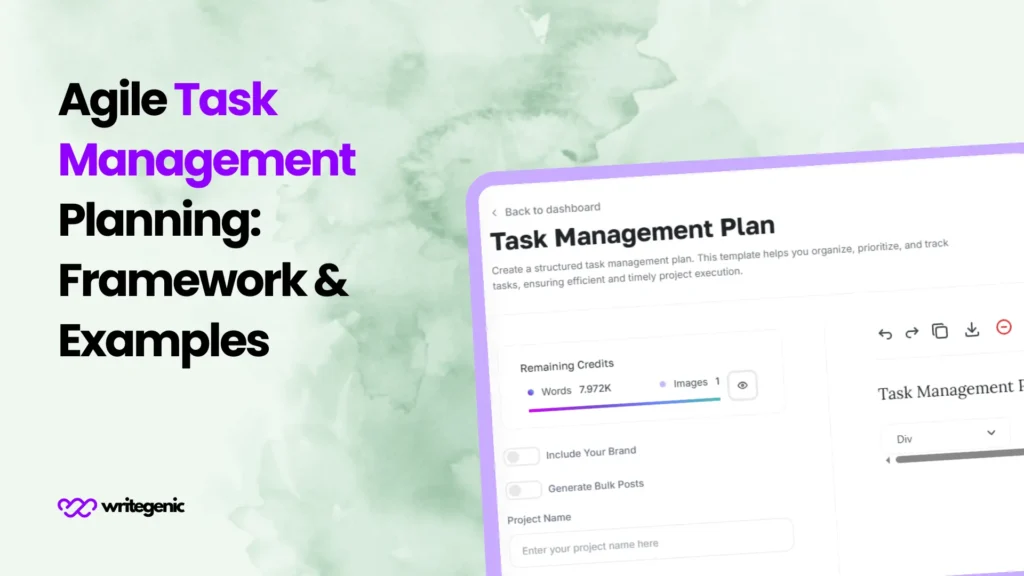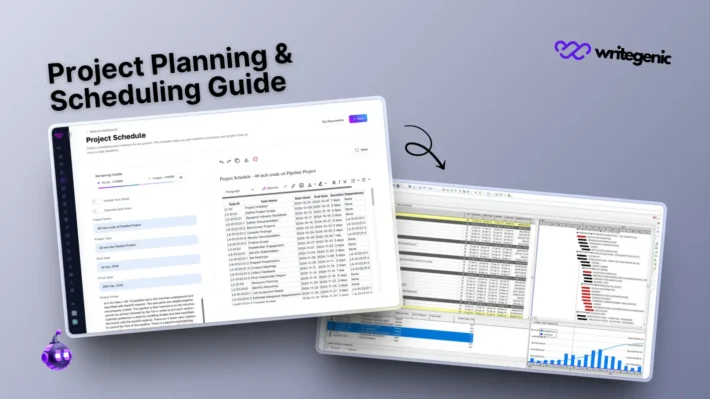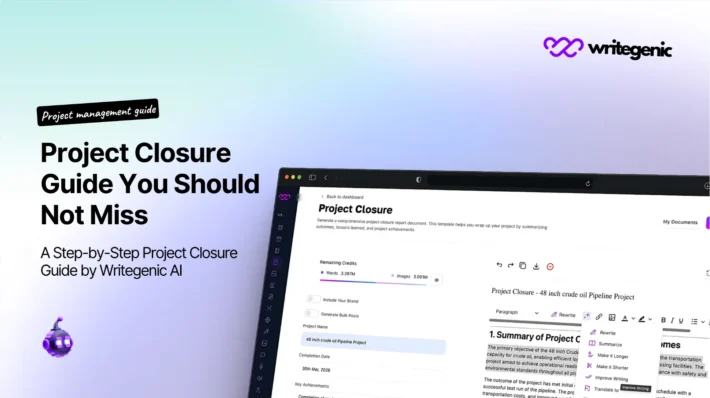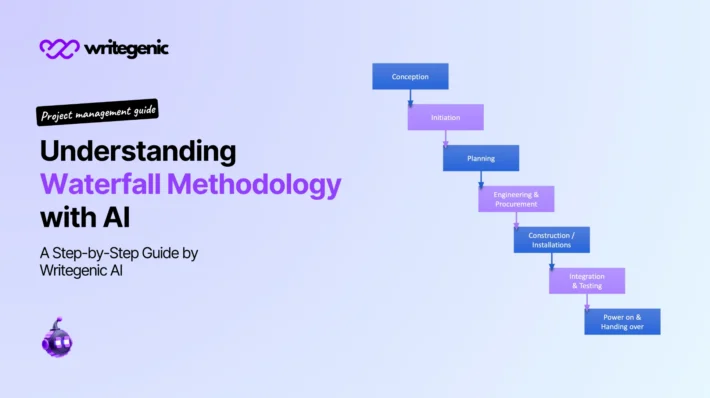Agile Task Management Planning: Framework & Examples

Good Agile task management planning is essential for the success of any Agile project. In the world of today’s rapid change and quick advancements, being both adaptable and clear about your direction is very important. Using agile planning, teams are able to adjust, manage tasks efficiently and ensure their results remain high at all times during the project.
On this page, we cover the Agile task management planning framework, describe the Agile project planning steps, introduce the 5 levels of Agile planning and show how to use these ideas in the real world via a straightforward Agile task management planning example.
Table of Contents
What Is Agile Task Management Planning?
Agile task management for teams is a method that guides teams to design, organize and execute tasks in their Agile environment. Agile planning is different from traditional planning because it focuses on ongoing development and improving what has been built so far. It focuses on giving value step by step, handling changes and encouraging teamwork between the departments of development, design and business strategy.
Agile planning helps teams to listen to what users have to say, handle shifting priorities and improve how they function. The main goal is to release finished products all the time and make the process better based on new data.

Agile Task Management Planning Framework
Agile task management planning framework ensures that a project’s workflow is managed with order, though it also provides the needed ability to adapt to new situations. It allows teams to plan from large goals to the jobs they do each day. These are the parts that make up the banking system:
Vision Planning
This means connecting what the project aims to do with the company’s overall mission and future objectives. It keeps everyone working as a group with one common target.
Roadmapping
The roadmap reflects in pictures when the main deliverables are to be provided, so stakeholders know when they should expect updates and new features.
Release Planning
In this step, the team focuses on listing what areas or functions should be completed in every release. It helps set clear, step-by-step tasks that are easy to monitor and reach.
Iteration Planning (Sprint Planning)
At this stage, the team notes what they can get done within a sprint. Tasks are sorted and planned, so that each person understands their duties.
Daily Standups
Short daily sessions make it possible for teams to connect, track their advancements and remove any problems that slow down their work.
The framework brings all teams together, promotes openness and keeps the project moving toward its goals.
Agile Project Planning Steps
These steps show you how to organize Agile projects in an easy-to-follow way that stays flexible.
Define the Product Vision
Define the issue the product helps to solve and who benefits from it. By setting a vision, all planners have a future direction for planning.
Create a Product Roadmap
Divide your vision into important features, major achievements and how long they should take to complete. With the roadmap, we can make decisions about what and when to build.
Plan Releases
Group functions into new product releases by how much value they give to the business and by their technical challenges. By doing this, delivery occurs more quickly and valuable feedback is obtained early.
Sprint Planning
Each sprint involves teams setting goals for the following week and planning how to finish tasks. Each sprint is around 1–4 weeks long.
Daily Standups
Every day, teams gather to present updates, restore their focus on top goals and address problems that may slow them down.
Sprint Reviews & Retrospectives
Once a sprint is done, teams go over their results and notice what could be done better in the future.
By following these steps, development can be made iterative, problems reduced and value is delivered at every project stage.
The 5 Levels of Agile Planning
It covers five important levels to help plans remain closely aligned with project strategy and execution:
| Level | Focus Area |
| Vision Level | Defines goals and direction at the highest strategic level. |
| Roadmap Level | Maps out features and releases over time. |
| Release Planning Level | Connects features to deliverables in manageable segments. |
| Iteration/Sprint Level | Drives weekly execution with specific goals and tasks. |
| Daily Planning Level | Facilitates day-to-day coordination and course correction. |
These levels come together to provide a balanced method for managing tasks that includes understanding the problem and finding the solutions.
Agile Task Management Tools
When you connect agile planning with the proper tools that help teams be clear and collaborative, the results are better. Agile teams benefit from these tools because they deliver dashboards, boards, timelines, reporting and integrations with team workflows.
Importance of Agile Tools in Planning
With their boards, automation, flexible workflows and ability to tie in with other applications, Agile tools help make the entire process clearly visible and easy to oversee.
| Tool | Key Features | Best For |
| Jira | Custom workflows, scrum boards, reporting | Software development teams |
| Trello | Kanban boards, automation, team collaboration | Marketing, design, light dev work |
| Asana | Task dependencies, timeline, Agile templates | Cross-functional project teams |
| ClickUp | All-in-one docs, tasks, goals, Agile dashboards | Agile product teams |
| Monday.com | Visual boards, automation, integrations | Teams seeking simplicity + power |
The right tool for your team will be based on the number of members, the complexity of the project and your style of working together. Agile tools usually can be customized and integrated to match teams’ specific needs.
Agile Task Management Planning Example
For example, if we have a tech startup working to develop a mobile application for urban food delivery, we chose it. First, let’s talk about how Agile task management planning would go.
- Vision: To provide an affordable and convenient food delivery service for people living in a busy city.
- Roadmap: The project development period will last for six months while the MVP will be launched in the third month.
- Release Planning: The mobile app is further divided into three major releases (MVP development, after customers feedback improvements and app full scale launch).
- Sprint Planning: The MVP is divided into 2 week sprints with designated focuses like user authentication, menu navigation and order processing.
- Daily Standups: The team holds Daily Standups to take measures of progress, reprioritize tasks and tackle technical or strategic problems in the moment.
This example demonstrates what Agile principles really mean in the real world, when translated into something that can be done on a team and can result in solid delivery of functional results while being flexible.
Conclusion
Having good Agile task management planning skills is necessary for teams hoping to act with clarity, speed and strong results. If teams follow Agile planning and use all five levels plus structured project preparation steps, they will be able to control their workflow and meet user needs and business needs together.
Regardless of whether you are beginning to use Agile or continuing to improve your existing way, this guide helps you succeed throughout 2025 and after. It’s not only important to go quickly in Agile planning; you must also be flexible, everyone should follow the same plan and all work should provide consistent value.
FAQs
Why is Agile planning better than traditional project planning?
With agile planning, teams can be more flexible than they can with traditional processes that require fixed plans. Because Agile allows for quick changes, repeat progress and close involvement of all stakeholders, it often leads to more successful results.
How do you implement Agile planning in a new team?
First, tell the group about the Agile framework and its guiding principles. Participate in planning meetings, choose an Agile software tool and launch your process with quick sprints. Reviewing your team’s progress often will help everyone adapt and improve slowly.
Can Agile task management work for non-tech teams?
Yes, Agile is implemented not just for software development. Working in an Agile way allows marketing, HR, design and operations teams to collaborate more, receive comments sooner and be more productive.


